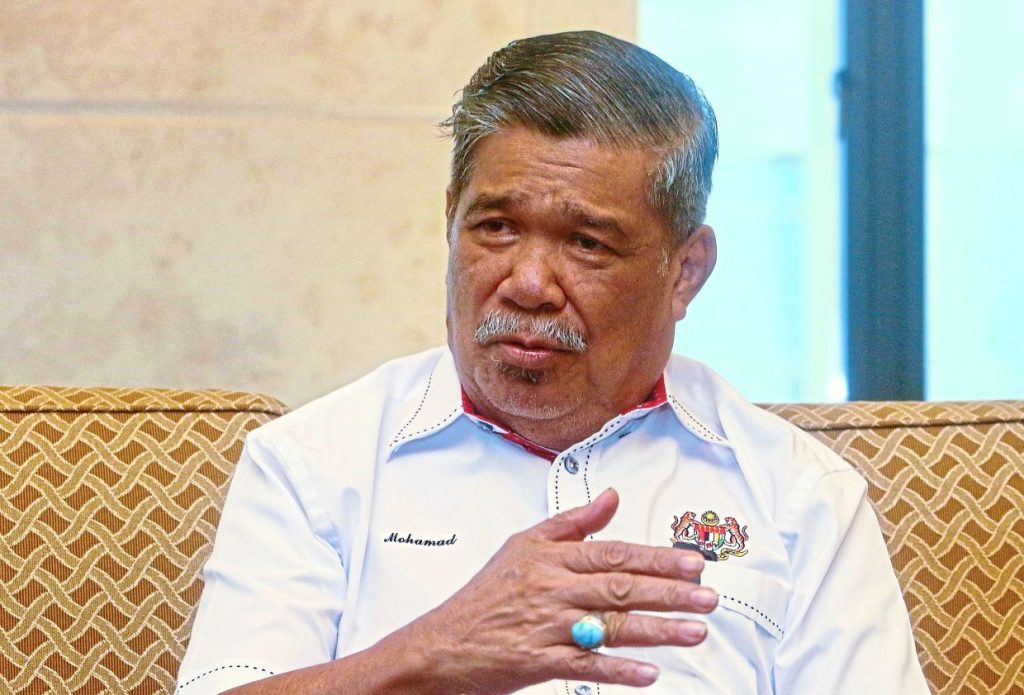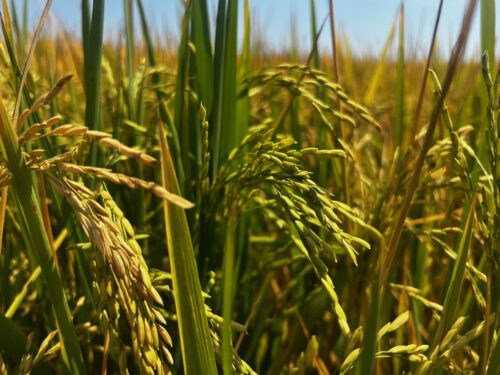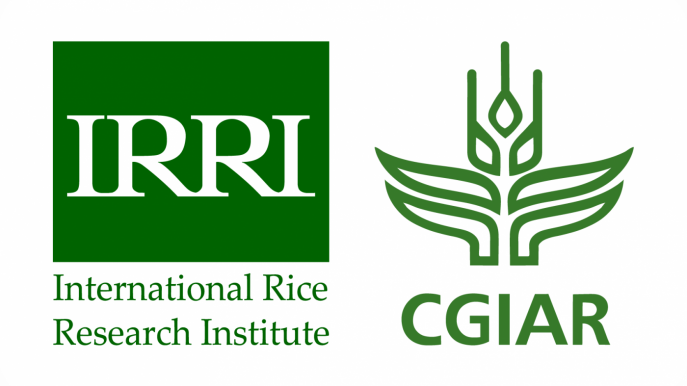Tags
‘Rice cultivation tech needs boost’

PETALING JAYA: Malaysia’s rice cultivation technology needs improvement throughout the country, says Agriculture and Food Security Ministry Datuk Seri Mohamad Sabu.
He acknowledged that significant enhancements, particularly in fertilisation, needed to be implemented in the entire place.
He also explained that the Ala Sekinchan Large-Scale Smart Padi Field (SMART SBB) was introduced to increase local rice production.
“Irrigation is a crucial aspect of running Ala Sekinchan. We must ensure there is sufficient water according to our planting schedule. Proper fertilisation, water management, and all other elements must be well-organised.
Mohamad said that Malaysia’s goal was to reduce reliance on rice imports.
However, he conceded that there were challenges to achieving complete self-sufficiency.
In an interview, Mohamad spoke about the Malaysian Agricultural Research and Development Institute’s (Mardi) support for rice seedling initiatives to address these challenges.
“Especially in rice seedlings, Mardi is doing various things now. And now, we are collaborating with China and Indonesia regarding rice seeds. China is doing a lot research now.”
Acknowledging farmers’ financial constraints, Mohamad stressed the necessity for a financial overhaul, attitudinal shifts, and improved irrigation systems.
He proposed a substantial budget allocation exceeding RM3bil for irrigation, saying that this could facilitate five rice cultivation seasons within two years.
While some regions in Malaysia, including Sekinchan and specific areas of Kedah, have achieved favourable results, he emphasised the need to strive for even higher yields.
He said the government plans to increase rice production to a 75% self-sufficiency level by 2025 through the SMART SBB initiative to ensure the country’s self-sufficiency ratio (SSR) can meet domestic demand through local production.
“Achieving this target would contribute significantly to Malaysia’s self-sufficiency in rice production, boosting food security and safeguarding the nation’s interests,” he added.
He encouraged the farmers’ use of planters in rice cultivation. These planters, equipped with specific mechanisms to remove unwanted weeds, allow for more efficient and effective rice farming.
The ministry also aims to adopt similar techniques in other regions, paving the way for greater productivity and sustainability in the industry.
Malaysia Rice Grain Wholesalers Association secretary Allen Lim, a proponent of the SMART SBB initiative, highlighted the ongoing need to improve rice cultivation techniques nationwide.
Some regions, he noted, still use methods dating back a decade.
Lim emphasised the crucial role of advancing rice cultivation techniques for boosting production.
After a few months of Ala Sekinchan’s promotion, positive outcomes are seen in Kedah and Perlis.
Lim voiced his willingness to help the government to promote Ala Sekinchan via visits to Terengganu, Kelantan, and Pahang to assess rice cultivation there and share innovative techniques with farmers.
The rice cultivation technology in Sekinchan, he said, was adapted from Taiwan and utilised the transplanter machine.
“Having experimented with rice cultivation technologies from China and South Korea, I found that the Taiwanese approach is better suited for Malaysia,” he added.
Lim noted that, over seven years of implementation, the transplanter had significantly contributed to elevating rice production in Sekinchan to 12 tonnes.
“Due to limited land, our consistent production ranges between eight and 12 tonnes. In the last harvest season, we achieved a yield of nine tonnes,” he added.
However, Lim conceded that the financial hurdles were hindering farmers from adopting improved cultivation techniques – despite Mardi’s abundant technological resources.
Farmers Area Organisations (PPK) Pendang Selatan chairman Abdullah Mohamad explained that the challenges in adopting nationwide rice cultivation technologies could be attributed to three main factors.
These include farmers who do not know the technology or innovation, farmers who do not accept technology, and the technology being too costly for them.
He believed that farmers would be willing to try new rice cultivation technologies if suitable options were available – but insufficient funds would be an obstacle.
“For example, adopting new technology can increase rice yields to 10 tonnes, but incorporating such technology comes with additional costs.
“When the costs account for eight tons of yield, the net profit for farmers only increases by two tonnes.”
“On the other hand, without investing in new technology, even with a lower yield of six to seven tonnes, farmers can still have a net profit of four tonnes. Given the choice between two and four tonnes of net profit, farmers will undoubtedly opt for higher profits,” he added.
And despite low-interest loans, he said rice cultivation heavily depends on weather conditions.
“In the past two years, poor rice harvests have discouraged farmers from taking loans, fearing they might be unable to repay,” he added.
He said that Malaysia’s rice harvest is lagging behind Thailand by five years while urging the government to focus on incorporating high-tech elements into fertilisers needed by farmers.
https://www.thestar.com.my/news/nation/2024/01/01/rice-cultivation-tech-needs-boostPublished Date: January 1, 2024






